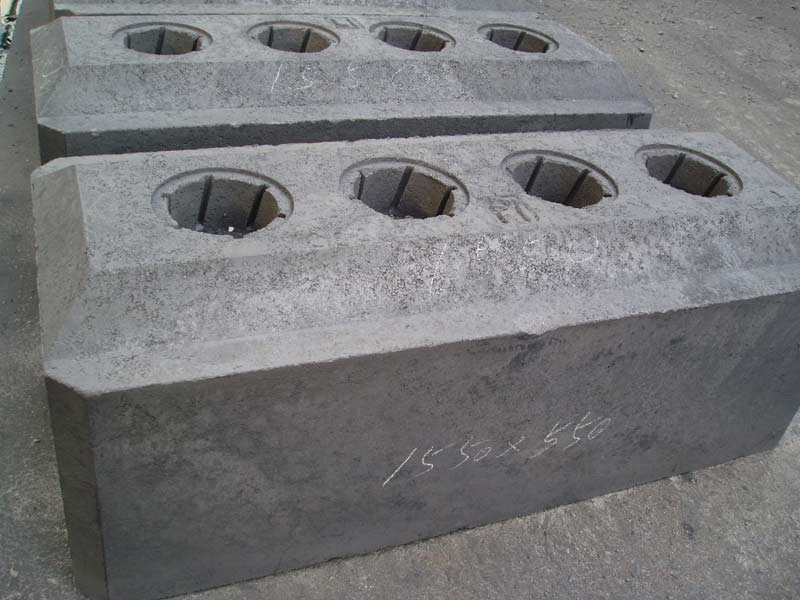Keywords: 500kA electrolysis cell, aluminum electrolysis, fault cell treatment, electrolytic bath management, high-amperage cell, anode effect, cell monitoring, smelting technology
1. Introduction: The Rise of 500kA Electrolysis Technology
In recent years, with the rapid development of the aluminum industry and the push toward energy efficiency and cost reduction, large-scale electrolysis technology has progressed toward ultra-high current. The 500kA electrolytic cell has become a symbol of advanced smelting capacity in modern aluminum plants.
Compared to conventional 300–400kA systems, 500kA cells offer:
- Higher current efficiency
- Lower energy consumption per ton of aluminum
- Extended cell life cycles
- Optimized large-scale production capacity
However, with higher amperage comes greater complexity in control, thermal balance, and failure management, making technical management and fault treatment even more critical.
2. Key Aspects of Production Technology Management
To ensure stable and efficient operation of 500kA aluminum electrolysis cells, the following technical factors must be tightly controlled:
a) Anode Quality and Management
- Use of ultra-low resistivity, high-density prebaked carbon anodes
- Optimization of anode change intervals to maintain thermal balance
- Avoiding uneven current distribution through smart busbar design
b) Cathode and Lining Optimization
- High-purity cathode blocks with better oxidation resistance
- Thermal insulation materials to prevent heat loss and extend cell life
- Enhanced sidewall protection and proper bath level maintenance
c) Electrolytic Bath Composition Control
- Stable cryolite ratio (NaF/AlF₃) and alumina concentration
- Addition of additives (e.g., LiF) for improved bath fluidity
- Continuous feeding systems to avoid bath composition deviation
d) Advanced Monitoring Systems
- Use of cell voltage monitoring and thermal imaging to detect hotspots
- AI-assisted trend analysis to predict anomalies
- Integration with smart control platforms for real-time adjustment
3. Common Fault Types in 500kA Electrolysis Cells
Large cells are more sensitive to local imbalance or material defects. The main types of “faulty cells” (disease cells) include:
| Fault Type | Description |
|---|---|
| Low-Voltage Cell | Caused by short-circuited anodes, low alumina, or cathode erosion |
| High-Voltage Cell | Due to poor current distribution, abnormal anode effect |
| Frozen Cell | Improper startup, excessive heat loss, or poor bath fluidity |
| Leakage Cell | Cell shell or lining damage leads to molten aluminum leakage |
| Abnormal Heat Cell | Caused by poor thermal conductivity or local insulation failure |
4. Fault Cell Diagnosis and Treatment Strategies
Early identification and targeted treatment of problematic cells are crucial. Recommended management approaches include:
a) Monitoring and Early Warning
- Real-time voltage and resistance tracking to detect early anomalies
- Visual inspection of crust conditions, anode wear, and fume generation
b) Targeted Anode Operations
- Replacing abnormal anodes to restore current balance
- Temporary shutdown or bypass of extreme fault units
c) Thermal Management
- Adding hot bath material or increasing feeding frequency for frozen cells
- Using covering agents to improve insulation and reduce heat loss
d) Leakage Containment
- Rapid cooling and emptying of aluminum from leaking cells
- Emergency repair of shell cracks and monitoring adjacent cells
5. Best Practices to Prevent Fault Cells in 500kA Operations
| Preventive Action | Expected Outcome |
|---|---|
| Optimizing cell startup curve | Stable temperature gradient |
| Using high-quality raw materials | Consistent electrochemical behavior |
| Automated alumina feeding | Reduced anode effect frequency |
| Staff training and SOP enforcement | Lower operational errors |
| Predictive maintenance programs | Prolonged cell lifespan |
6. Conclusion
The 500kA electrolytic cell represents a leap forward in aluminum smelting capacity. But its high efficiency also demands high-level technical management. By improving anode/cathode quality, controlling bath chemistry, leveraging intelligent monitoring, and refining fault response protocols, aluminum producers can minimize risks from fault cells and maximize overall operational performance.
Long-term, consistent performance of high-amperage electrolysis cells is not only a technical goal, but also a key factor in reducing costs and achieving sustainable production.

